Why Do We Have Snot?
Does snot have a purpose other than being gross? It turns out, it’s a pretty awesome material with many benefits for the human body. A biological engineer at MIT explains the usefulness of snot. Part of the "Science Out Loud" series.
Media Details
Runtime: 4 minutes 22 seconds
- Topic: Science
- Subtopic: Biology, Science Experiments
- Grade/Interest Level: 9 - 12
- Standards:
- Release Year: 2015
- Producer/Distributor: Mitk12 Videos
- Series: Science Out Loud
- Report a Problem
Related Media

Science Out Loud
Episode 1
3 minutes 33 seconds
Grade Level: 9 - 12
Science Out Loud
Episode 1
3 minutes 33 seconds
Grade Level: 9 - 12
Exoplanets: Planets Outside Our Solar System
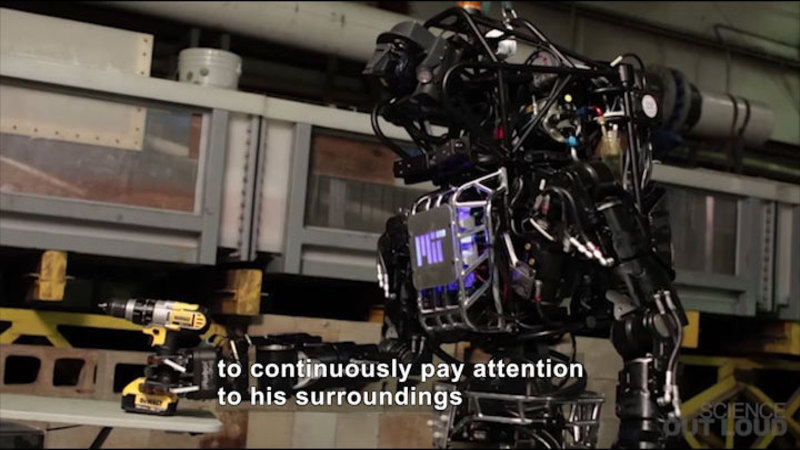
Science Out Loud
Episode 2
5 minutes 7 seconds
Grade Level: 10 - 12
Science Out Loud
Episode 2
5 minutes 7 seconds
Grade Level: 10 - 12
Humanoid Robot Brains
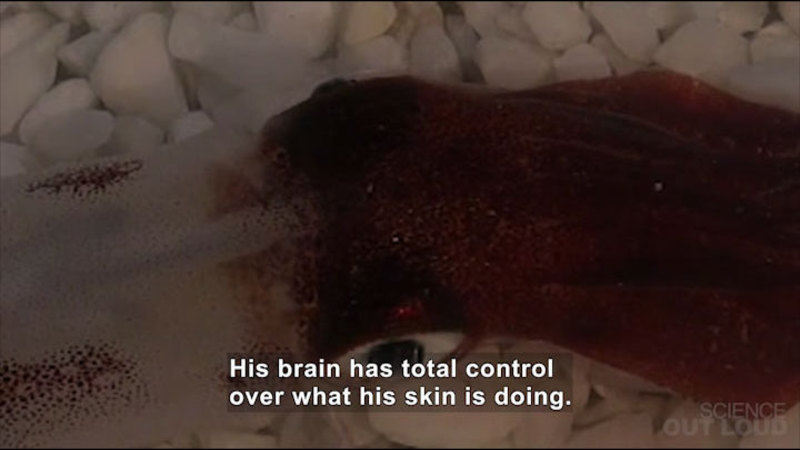
Science Out Loud
Episode 3
4 minutes 32 seconds
Grade Level: 10 - 12
Science Out Loud
Episode 3
4 minutes 32 seconds
Grade Level: 10 - 12
Squid Skin With a Mind of Its Own
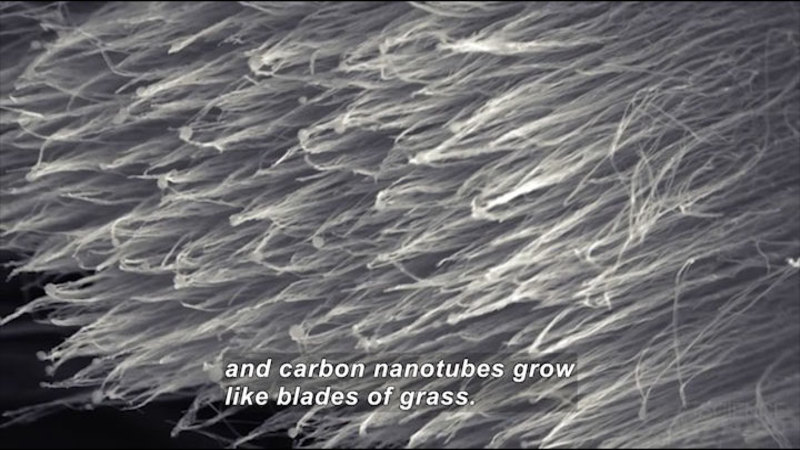
Science Out Loud
Episode 4
3 minutes 21 seconds
Grade Level: 10 - 12
Science Out Loud
Episode 4
3 minutes 21 seconds
Grade Level: 10 - 12
Growing Nanotube Forests
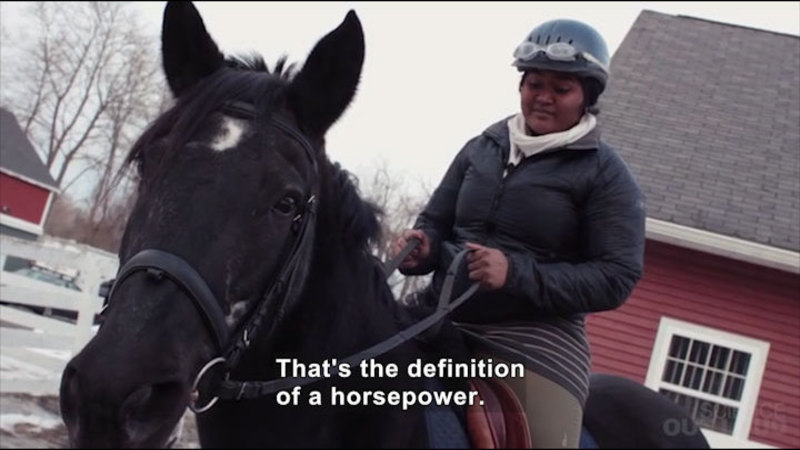
Science Out Loud
Episode 5
3 minutes 32 seconds
Grade Level: 8 - 12
Science Out Loud
Episode 5
3 minutes 32 seconds
Grade Level: 8 - 12
Engineering Engines: What Do Horses, Cars, and Planes Have in Common?
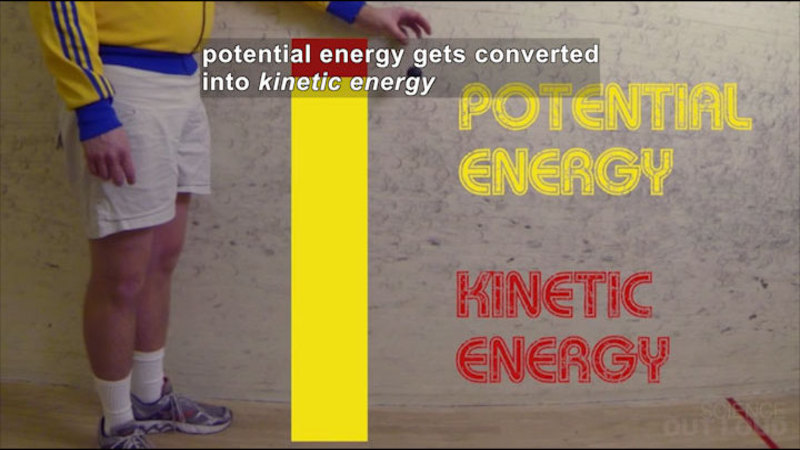
Science Out Loud
Episode 6
5 minutes 5 seconds
Grade Level: 9 - 12
Science Out Loud
Episode 6
5 minutes 5 seconds
Grade Level: 9 - 12
The Science of Bouncing
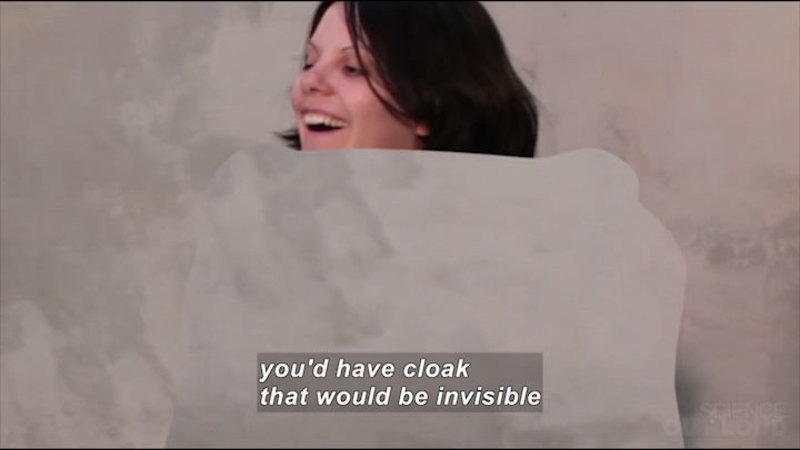
Science Out Loud
Episode 7
5 minutes 35 seconds
Grade Level: 10 - 12
Science Out Loud
Episode 7
5 minutes 35 seconds
Grade Level: 10 - 12
The Physics of Invisibility Cloaks
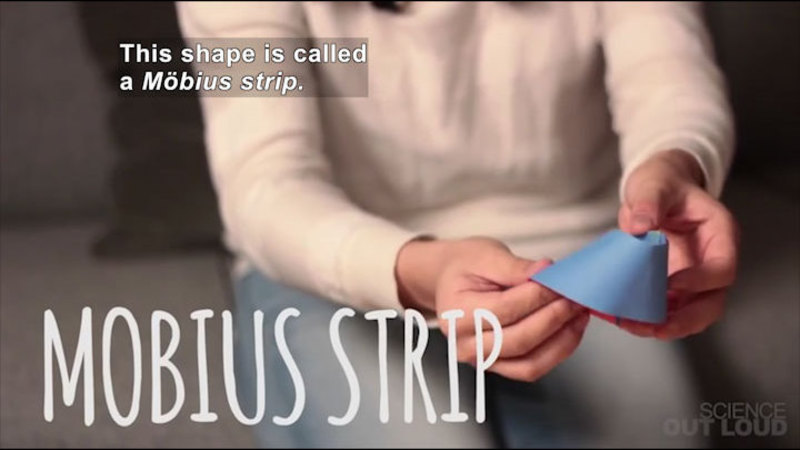
Science Out Loud
Episode 8
4 minutes 47 seconds
Grade Level: 10 - 12
Science Out Loud
Episode 8
4 minutes 47 seconds
Grade Level: 10 - 12
Trippy Shapes
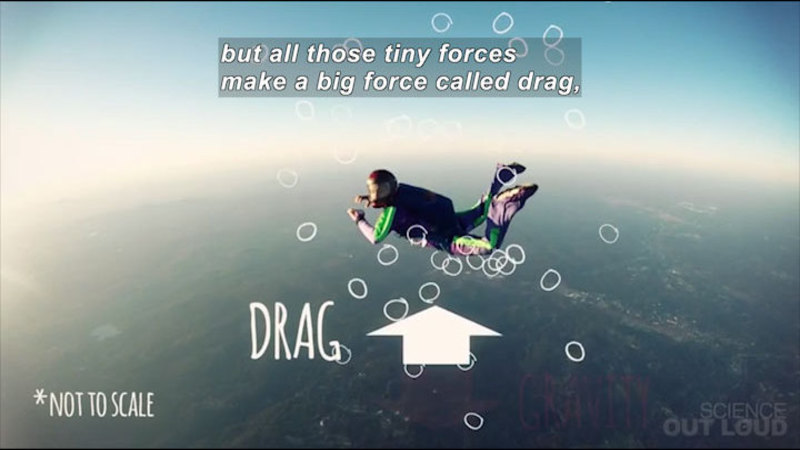
Science Out Loud
Episode 8
3 minutes 46 seconds
Grade Level: 8 - 12
Science Out Loud
Episode 8
3 minutes 46 seconds
Grade Level: 8 - 12
The Physics of Skydiving
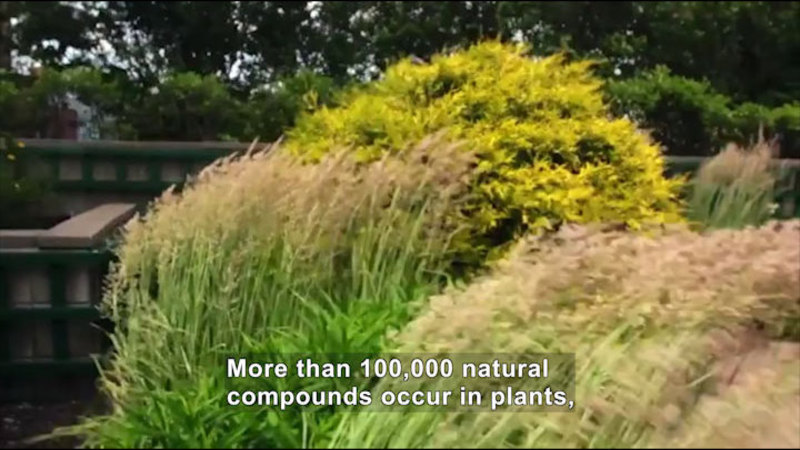
Science Out Loud
Episode 10
3 minutes 54 seconds
Grade Level: 10 - 12
Science Out Loud
Episode 10
3 minutes 54 seconds
Grade Level: 10 - 12
Solving Biology's Mysteries With Plants
